Kailong Liu
Feature Analyses and Modelling of Lithium-ion Batteries Manufacturing based on Random Forest Classification
Feb 10, 2021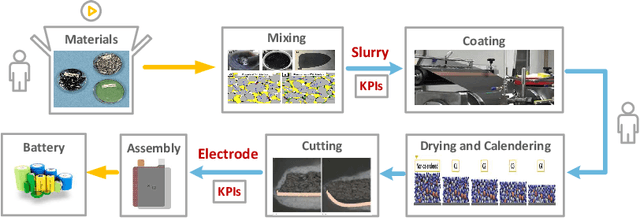
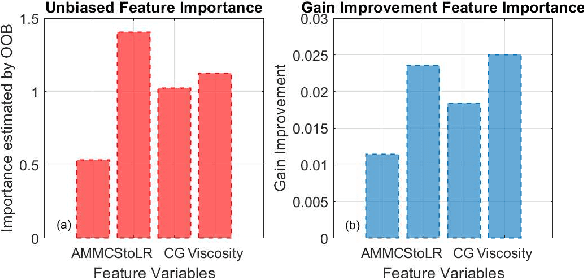
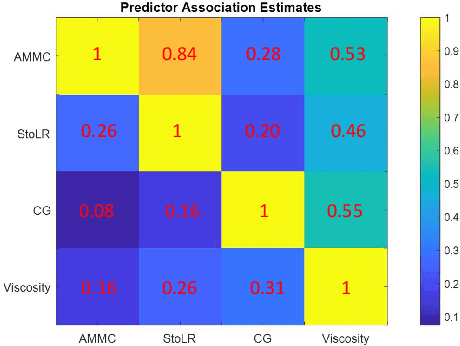
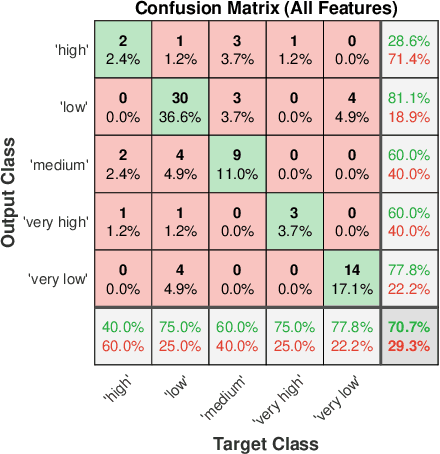
Abstract:Lithium-ion battery manufacturing is a highly complicated process with strongly coupled feature interdependencies, a feasible solution that can analyse feature variables within manufacturing chain and achieve reliable classification is thus urgently needed. This article proposes a random forest (RF)-based classification framework, through using the out of bag (OOB) predictions, Gini changes as well as predictive measure of association (PMOA), for effectively quantifying the importance and correlations of battery manufacturing features and their effects on the classification of electrode properties. Battery manufacturing data containing three intermediate product features from the mixing stage and one product parameter from the coating stage are analysed by the designed RF framework to investigate their effects on both the battery electrode active material mass load and porosity. Illustrative results demonstrate that the proposed RF framework not only achieves the reliable classification of electrode properties but also leads to the effective quantification of both manufacturing feature importance and correlations. This is the first time to design a systematic RF framework for simultaneously quantifying battery production feature importance and correlations by three various quantitative indicators including the unbiased feature importance (FI), gain improvement FI and PMOA, paving a promising solution to reduce model dimension and conduct efficient sensitivity analysis of battery manufacturing.
Modified Gaussian Process Regression Models for Cyclic Capacity Prediction of Lithium-ion Batteries
Dec 31, 2020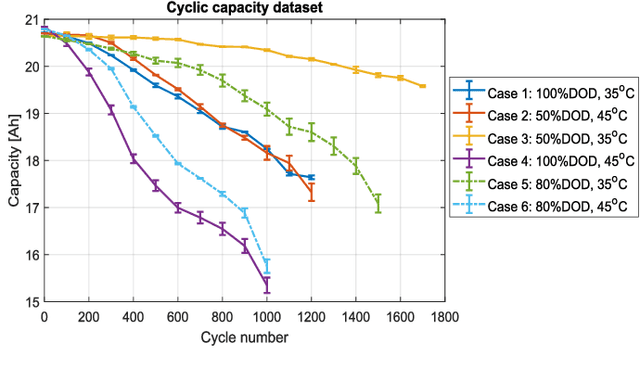
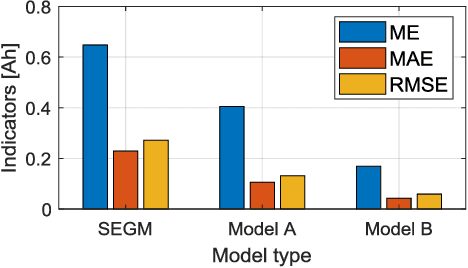
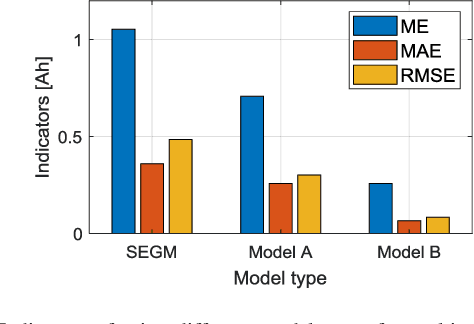
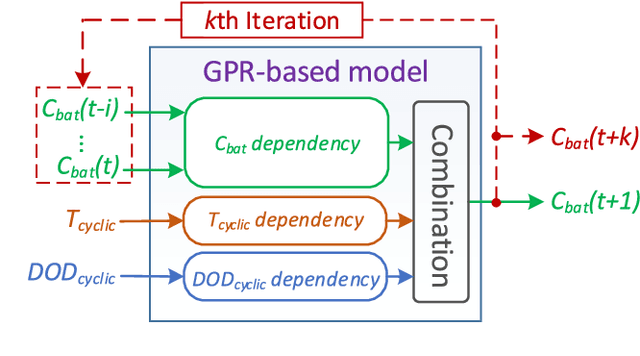
Abstract:This paper presents the development of machine learning-enabled data-driven models for effective capacity predictions for lithium-ion batteries under different cyclic conditions. To achieve this, a model structure is first proposed with the considerations of battery ageing tendency and the corresponding operational temperature and depth-of-discharge. Then based on a systematic understanding of covariance functions within the Gaussian process regression, two related data-driven models are developed. Specifically, by modifying the isotropic squared exponential kernel with an automatic relevance determination structure, 'Model A' could extract the highly relevant input features for capacity predictions. Through coupling the Arrhenius law and a polynomial equation into a compositional kernel, 'Model B' is capable of considering the electrochemical and empirical knowledge of battery degradation. The developed models are validated and compared on the Nickel Manganese Cobalt Oxide (NMC) lithium-ion batteries with various cycling patterns. Experimental results demonstrate that the modified Gaussian process regression model considering the battery electrochemical and empirical ageing signature outperforms other counterparts and is able to achieve satisfactory results for both one-step and multi-step predictions. The proposed technique is promising for battery capacity predictions under various cycling cases.
 Add to Chrome
Add to Chrome Add to Firefox
Add to Firefox Add to Edge
Add to Edge